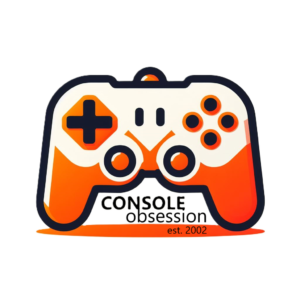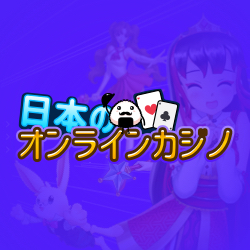Skate It Wii Review
Skateboarding has a lot in common with videogames. Both were considered a fad, before they exploded into a multi-million pound industry. The “face” of skateboarding as a videogame is the legendary Tony Hawk, but in 2007 a new challenger emerged. EA’s Skate for 360 and PS3 had an innovative control system known as “Flick It”, so how does this Wii version compare?
Like most skateboarding games, the heart of the action is the Career mode. Here, you play as a young skater who hooks up with a cameraman in the ruins of San Vanelona. This once-beautiful town has been wrecked by natural disasters, helpfully setting up lots of rubble and lines for skaters to trick on. The tutorials ease the player into the control method for pulling off tricks, flips and grinds.
There are three different ways to control your skater. The basic method uses a single Wii Remote, with an upward flick performing a basic Ollie (jump) and tilting to steer. The second method uses the Nunchuck for steering while leaving the tricks on the Remote. Finally, the Balance Board offers a whole new way of playing – pressure on certain parts of the board steers or activates tricks, but the player will also need to learn how to switch trick sets (and brake) with the Remote.
Once the tutorials are over, the challenges begin. These start off simple, such as earning a set number of points or grinding a specific rail. There are two ways to measure your success. “Owning” a challenge means doing enough to complete it. “Killing” a challenge means going the extra mile, scoring more and pulling off more tricks. The player will soon get drawn into retrying to earn those lovely little crowns that mark a challenge as killed. It helps that there is good visual feedback (telling you what you have or have not achieved) as you attempt the challenge.
Fortunately, it is easy to restart. Depending on the challenge, bailing (falling off) or running out of time will see the player restart. There are also “session markers”; the computer will often place one at the start of a required line, or the player can set their own. A double press of the 1 button on the Remote will stand the skater up, lined up to try again. Otherwise, the menu can be bought up and the whole challenge restarted with just a couple of button presses.
As time goes on and more challenges are beaten, extra locations are unlocked around San Vanelona. And with coverage in Thrasher magazine for your videos and photos, the skater will get invited to take part in competitions and challenges overseas. The cities of Paris, Rio, London, Barcelona and San Francisco are unlocked to give more space to trick in. Each location also has Milestones – such as performing a 30m manual – to perfect.
Party Play sets a series of challenges, from earning the biggest score to causing the most damage to your skater. These latter challenges are a lot of fun, setting the player against a big obstacle and seeing them fall to earn bruises, sprains and breaks. This brings up the “Hall of Meat” display, a smiling skeleton with colour-coded damage showing just what happened (and is a feature present in the main game). As you play Career mode, more locations are unlocked for the Party Play mode. However, the alternating gameplay and niggling delays take the polish off the multiplayer modes.
Graphically, the Wii cannot compete with the depth of the 360 and PS3 versions, but the environments are well put together and each has a unique feel. The skater moves fluidly and there is only the occasional camera glitch (most noticeable in the replays). It is nice to have the option of saving still photos and short (20-second) videos, which can be sent to friends in your Wii’s address book.
However, the biggest problem graphically is the lack of movement and people in the cities. This extends to some of the challenges – you do not actually see your competitors in a race, for example, and this does destroy some of the atmosphere. The sound, however, is a joy throughout – the rolling wheels and thuds of agony provide a great backdrop, along with an impressive selection of EA Trax. (The Specials’ Ghost Town is eerily appropriate for the deserted streets.) Ambient sounds like dogs barking and distant traffic give the levels a little extra personality.
The control method is both taxing and well designed. You will be glad that it is easy to retry, as for some challenges you will need multiple attempts. Timing is everything, but the Remote on its own is capable of a wide range of manoeuvres. Unfortunately I was unable to test the Balance Board option. The menu system does feel a little cluttered, particularly the “backpack” which shows you the tricks you have learned and skating tips. Another drawback is the loading times between levels or when a new challenge is started. It never becomes off-putting, but it does detract from the overall experience.
Tony Hawk has yet to gain a strong foothold on the Wii, so this skateboarding game is a welcome addition. Its controls make playing feel very different, and while it does not match up to the 360 and PS3 versions there is a depth to the game that will keep skate fans happy. Unfortunately Skate It never quite overcomes its flaws to become a classic.







